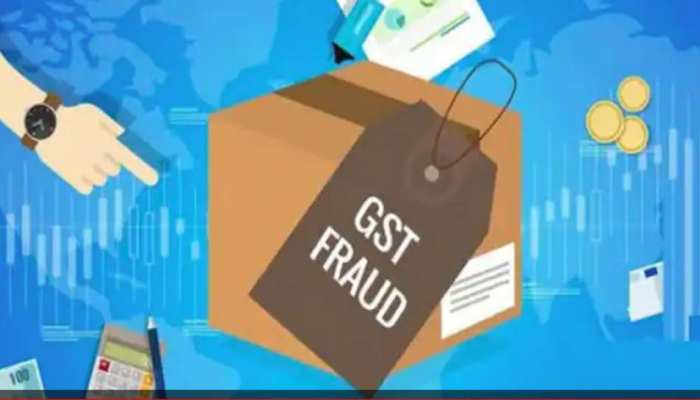In recent years, GST fraud in India has surged, leading to a significant loss of government revenue and posing a challenge for tax authorities. Fraudsters are increasingly exploiting the complexities within the GST system, devising elaborate scams that involve fake invoices, shell companies, and false input tax credit (ITC) claims. These tactics enable companies to reduce their GST liabilities without actual transactions, depriving the exchequer of legitimate revenue.

Source:- bbc news
The root of GST fraud lies in the intricate structure of the tax system, which allows for multi-stage tax collection and provides opportunities for evasion. Scammers often create networks of shell companies that exist solely on paper, generating invoices for non-existent goods or services to claim unwarranted ITC. Once the credits are claimed, these companies vanish, leaving no trace and making it nearly impossible for authorities to track down those responsible.
Source:- news 18
In response, tax authorities have intensified enforcement measures, conducting more audits, inspections, and raids to detect fraud early. Technologies such as data analytics and artificial intelligence are now being deployed to identify suspicious patterns in transactions, enabling officials to pinpoint potential fraud cases more accurately. The introduction of e-invoicing and mandatory e-way bills for inter-state transactions has also helped curb evasion by creating a digital trail.
Despite these efforts, officials continue to face challenges due to the sheer scale and sophistication of GST scams. The evolving nature of fraud, along with the lack of sufficient manpower, hampers the authorities’ ability to address the issue effectively. Experts argue that simplifying GST rules, enhancing transparency, and strengthening enforcement mechanisms are crucial to reducing tax evasion. Until then, the battle against GST fraud remains an uphill task, with government revenue at stake.
Share your views in the comments

